Unplug at Night? Inconceivable!
Real quick: how did you fall asleep last night?
If you're like many people, you fell asleep with your phone. If it wasn't next to you on the bed it was likely on your night stand table.
There are many ways to create a sleep sanctuary that invites sleep, but none of my suggestions are as contentious or challenging as when I tell parents to leave their phone outside the room at night.
Our phones aren't just phones anymore: they are our books, our newspapers, our planners, and our lifeline to the world outside, especially in the early years of frequent baby wakings and night time feeding sessions . So I can appreciate it if you look at the title of this blog, sigh, and then move on.
But if you're still with me, let's explore why unplugging at night may be helpful to your family's sleep. And to come up with some ideas to make it easier.
Let's start with the why.
Blue light from phones messes with melatonin. It reduces the natural increase of melatonin our bodies get at night. Melatonin is the hormone that helps move us towards sleep in the evening, and that drops by morning to get us waking and starting our day (with the help of an increase in cortisol). Very young babies don't have detectable melatonin, but by 6 months it is not only detectable, but reaching levels that make it an important part of the sleep-wake cycle. We want to protect that, and we can do that by reducing blue light.
In addition, phones are emitting and receiving wifi signals (how many of us even have a landline anymore?) . Dr. Kerry Crofton, PhD from Nova Scotia, and I shared a conversation in the spring about the impact that wifi signals can have on sleep and health by emitting radiofrequency signals. She has studied this and has written a book on the topic for those wanting to explore tech and health more. Although research is divided, and the arguments are contentious, we can still take measures that are low cost and require little effort to possibly push the needle a little more in our favour when it comes to supporting sleep.
If you're curious to find out how to manage a shift towards a tech-free sleep sanctuary (baby steps!), here are some suggestions of things you can implement:
Set your phone or device to blue shade. This blocks the blue light that interrupts melatonin production.
Use blue blocker glasses for yourself when using devices in the two hours leading up to bed. There are glasses availabile for children too.
Avoid electronics in the two hours leading up to bedtime. Turn screens off, turn computers off, and put laptops out of sight and out of mind unless you are deliberately choosing to work in the evening (I work in the evening! But I try not to slip into working from the couch with my computer on my lap while we watch a family movie. Not always successfully mind you).
Set your phone on "airplane" mode. Download the books or links you want to read.
Kick it old school with a flashlight and a printed book (the light can still be disruptive: our bodies are biologically expected darkness at night. The same disruption can happen with night lights which is why I suggest parents find other ways, such as proximity, check-ins, and bridging to the next connection to reassure children that they are safe).
Leave the phone plugged in elsewhere. If your charger is in your bedroom, it's natural to plug it in there for the night. Move your charger to your office or living room so that it becomes easier to develop the habit of leaving the phone out of the room altogether.
Unplug your router at night. Set it on a timer to turn off automatically in the evening and turn back on in the morning. (Be sure to test whether you can still make calls in case there is an emergency and you need to use your phone --our landline phone requires the router to work). The evidence on the negative impact of EMFs on sleep is evolving. However, those who are working with highly sensitive patients report, empirically, that sleep has improved for many from this single action. It may be worth turning it off and seeing if you notice a difference.
Keep in mind this is about direction, not perfection. Some of these suggestions will be easy for you or you are already doing them. Others will seem insurmountable or irritating.
What measures do you already use to help create a tech-reduced sleep sanctuary? What ones look insurmountable or really irritating to consider?
Resources:
Bathory, E., & Tomopoulos, S. (2017). Sleep Regulation, Physiology and Development, Sleep Duration and Patterns, and Sleep Hygiene in Infants, Toddlers, and Preschool-Age Children. Current Problems in Pediatric and Adolescent Health Care, 47(2), 29–42. doi:10.1016/j.cppeds.2016.12.001
Crofton, Dr. Kerry (2013). A Wellness Guide for the Digital Age: With Safe-tech solutions for all things wired & wirless, for brains worth saving.
Johson, Jeromy. www.EMFAnalysis.com.
